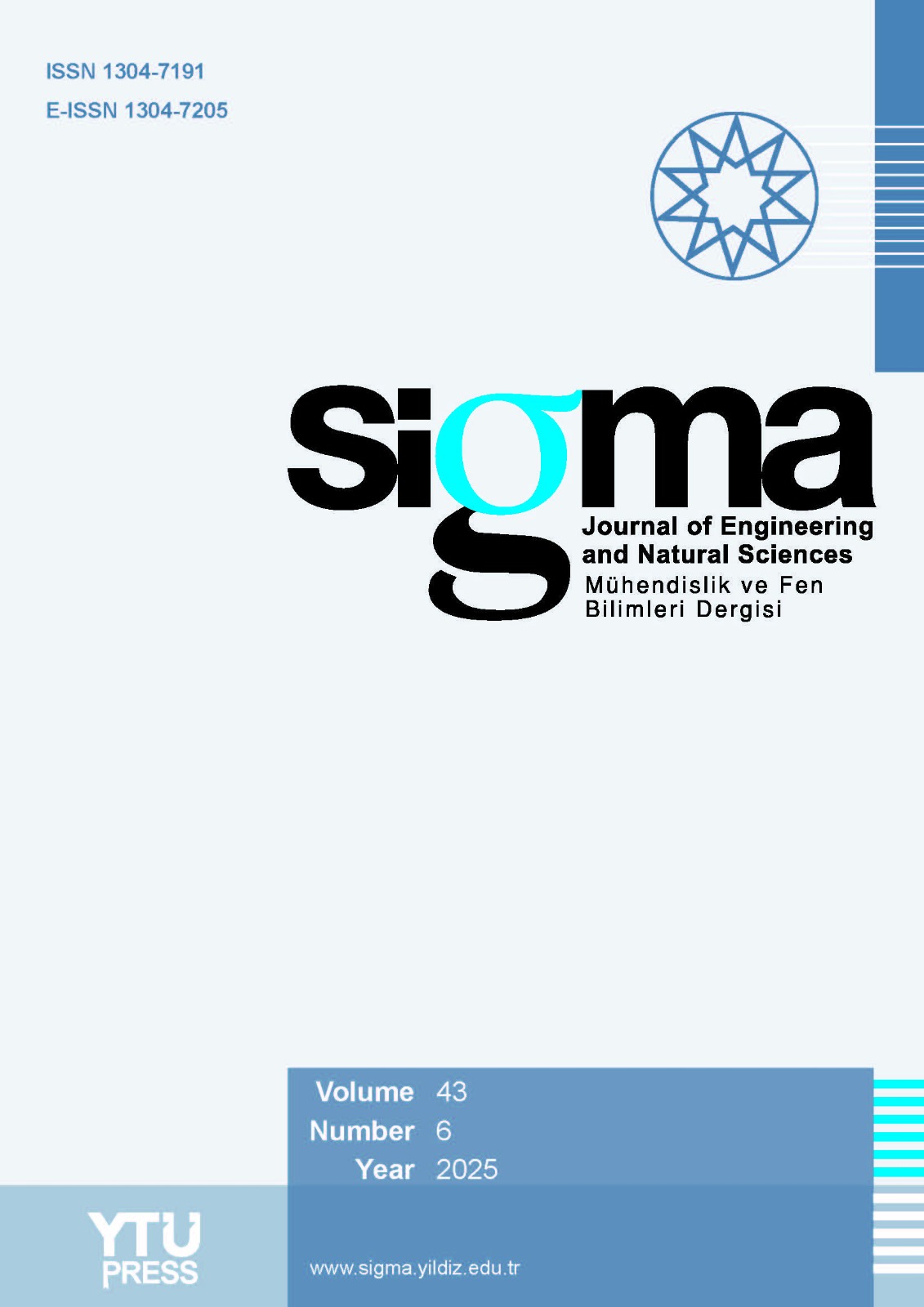2Department of Mechanical Engineering, Dr. D. Y. Patil Institute of Technology, Pimpri, Pune, 411033, India
3Department of Mechanical Engineering, JSPM Narhe Technical Campus, Narhe, Pune, 411041, India
Abstract
SLAM system that enables an autonomous robot to efficiently navigate and map a wide range of locations. Numerous industries, such as driverless vehicles, warehouse logistics, search and rescue operations, industrial automation, and more uses the suggested SLAM-based robot. The present research work tackles the vital need for precise mapping and self-localization in dynamic environments by seamlessly merging sensor data with cutting-edge algorithms, thereby contributing to the growth of automation and robotics in a variety of industries. This work demonstrate the seamless integration of Robot Operating System (ROS) with a suite of hardware components, including LiDAR (Light Detection and Ranging), IR (Infrared) sensors, motors, motor drivers, and Raspberry Pi to create a comprehensive autonomous robotics platform. The ROS framework serves as the central nervous system, enabling real-time data processing, sensor fusion, and motor control for diverse applications such as navigation, obstacle avoidance, and environmental mapping. The findings of this study provide a summary of the essential elements and their functions in creating a flexible and competent autonomous robot, showing the potential for developments in areas like robotics, automation, and AI-driven systems.














